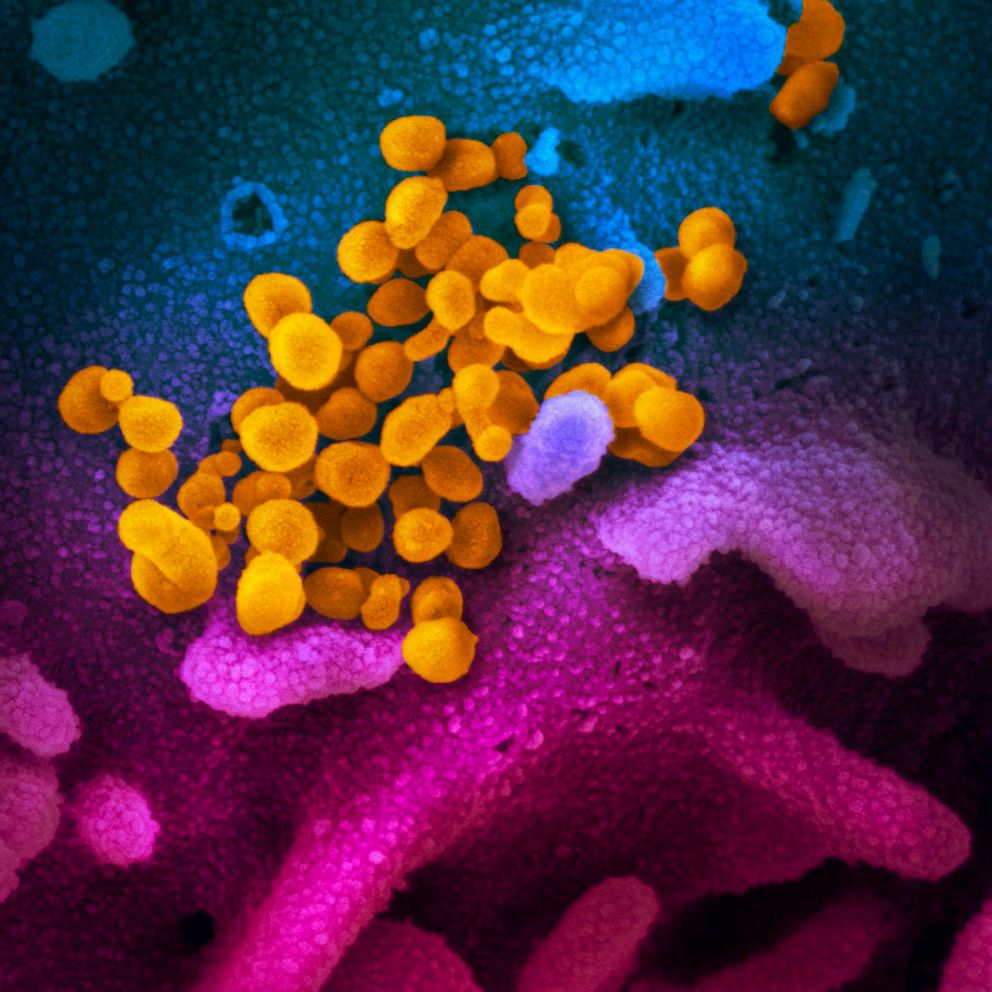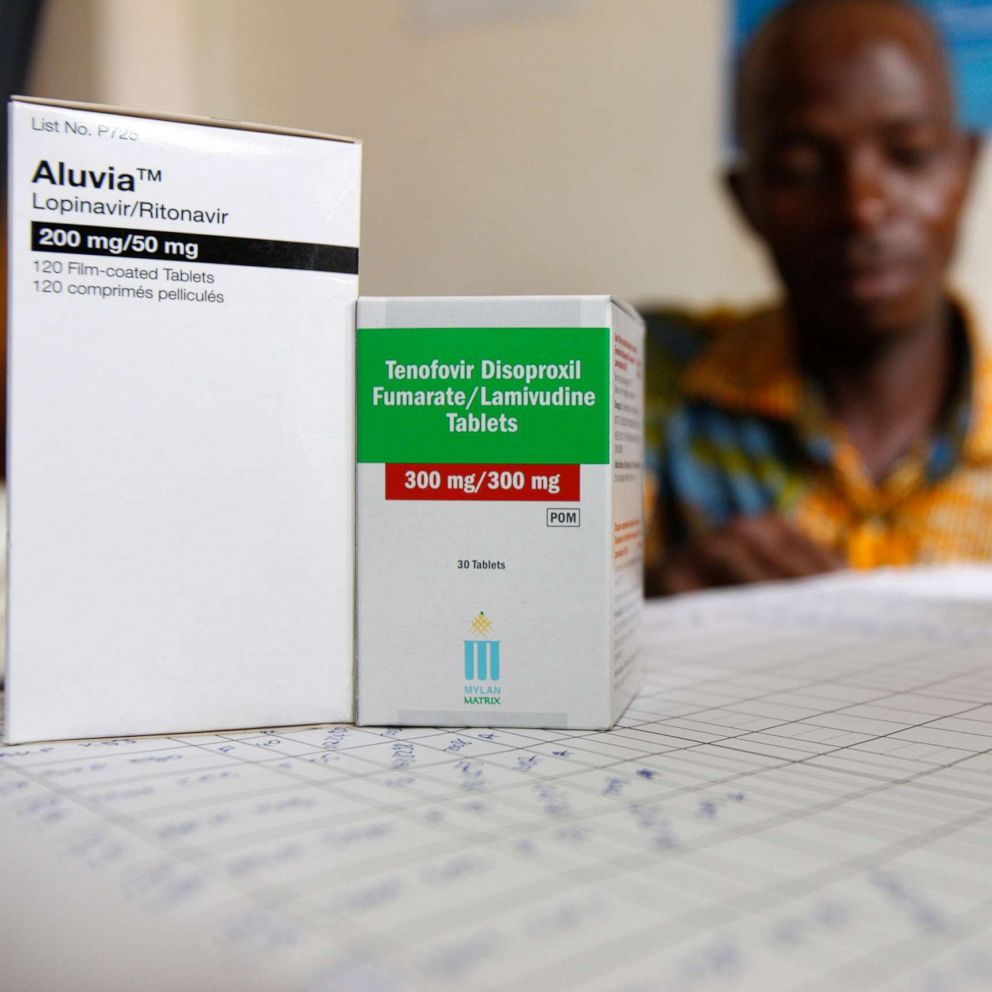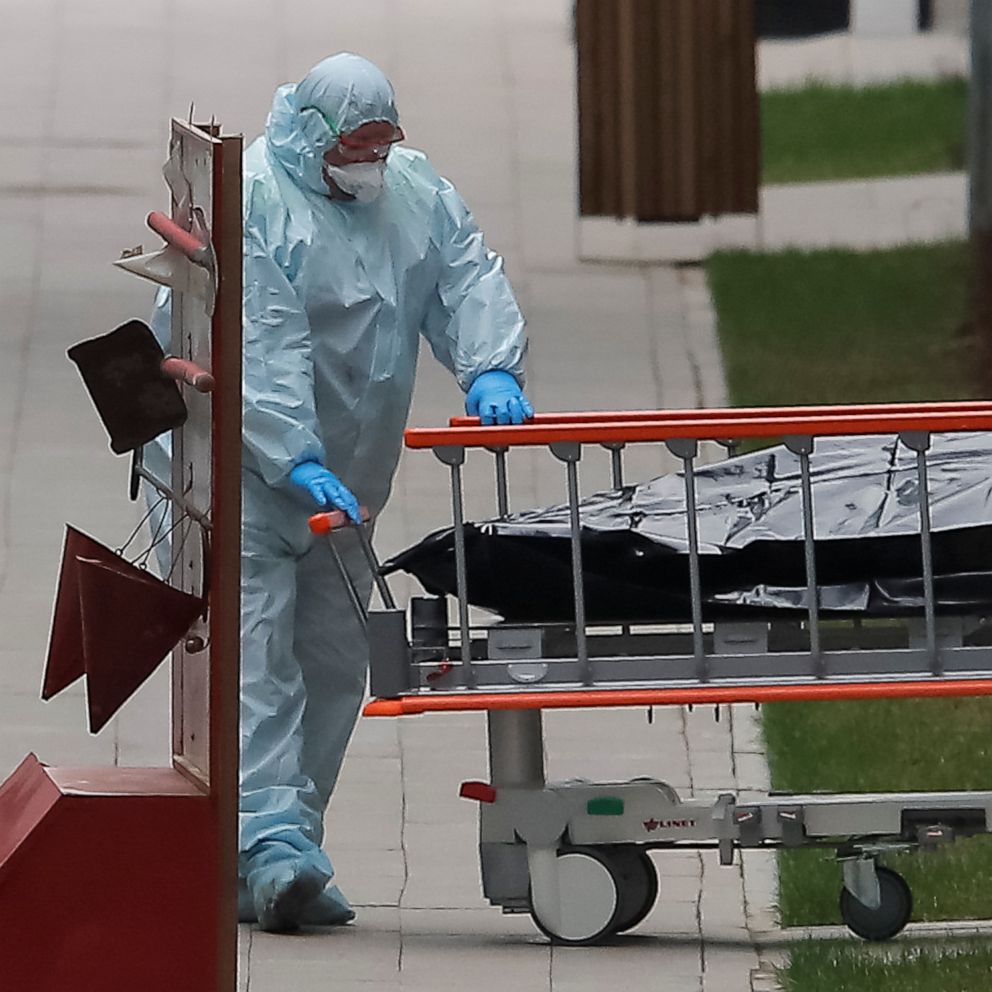How to reopen the economy safely: New report shows states and cities how to get it done
As prevalence levels decline, the number of needed tests will as well.
With at least 45 states easing COVID-19 restrictions, city and state officials are planning how to reopen their economies -- and keep them open -- without risking a spike in COVID cases that could lead to a further lockdown.
The message from the country's top health officials on Tuesday was loud and clear.
Dr. Anthony Fauci, director of the National Institute of Allergy and Infectious Diseases, warned a Senate committee about the dangers of opening the country back up prematurely, saying, "There is a real risk that you will trigger an outbreak that you may not be able to control ... not only leading to some suffering and death that could be avoided, but could even set you back on the road to try to get economic recovery."
And Dr. Robert Redfield, the Centers for Disease Control and Prevention director, testified that "timely testing is vital to reopen America. Increasing contract tracing is critical."

Evaluating Risk
That message is echoed in a new report written by a bipartisan panel of political scientists, doctors, economists and thought leaders that lays out specific guidelines for states to reopen safely.
"We started out by asking the question of what level of testing the country as a whole would need in order to have testing be a strong enough disease suppression that we would not need to rely on stay-at-home orders," said Danielle Allen, lead author of the report and director of Harvard University's Edmond J. Safra Center for Ethics.
Color-coded states
The report divides the country into three color-coded zones, with specific recommendations for each: Green (low prevalence of the virus with almost no active infections), yellow (less than 1% prevalence of active virus in the population), and red (1% or higher prevalence of virus, with outbreaks public officials have not been able to suppress).
"For the person on the street, there are different levels of risk depending on whether you're in a green, yellow or red zone," Allen told ABC News. "If you are in a red zone, you really shouldn't go out. You should really recognize that you are contributing to disease deceleration by staying at home and you're actually doing something incredibly valuable ... If you're in a moderate prevalence area, then it's reasonable to move around as long as you're wearing masks and things like that."
But the landscape for each zone is constantly changing as new cases of the virus are identified. "Two weeks ago there were green areas in the country where there was a really low prevalence with almost no active cases of the virus," Allen told ABC News. "But right now most of us are in yellow and some of us in the New York-New Jersey area for example are in red ... It is within reach to build testing programs strong enough to suppress the disease and really start getting places back to green and that should be the goal. This is an ambitious target."
The only way to reach that target, said Allen, is for every city and county to have a robust testing and contact tracing program to suppress the virus and keep a potential second wave at bay. That includes testing not just people with symptoms, but also people who have been in contact with an infected individual and could potentially spread the virus.

Revised guidelines from the Centers for Disease Control and Prevention released May 3, specify that tests can be given, not just to people with symptoms, but also to "persons without symptoms" who are prioritized by health officials for any reason, including public health monitoring, sentinel surveillance, or screening of other asymptomatic individuals.
5 million tests a day
To determine how many tests it would take to suppress the virus, the authors of the report started with South Korea’s models for disease control – which quickly flattened the coronavirus curve through extensive testing and efficient tracking, resulting in one of the lowest per capita case rates in the world .
In this country, the goal was to establish a near-term (2-3 months) national target of bringing the reproduction rate of the virus down below 1 or .75 (R = .75), with a long-term target (12-18 months) of consistent suppression and deceleration with outbreaks easily containable. Given the population and current rates of infection, it was estimated this would require 3 million tests per day in the Yellow Zone, and 3 million a day in the Red Zone, with accompanying contact tracing.
Because the full level of tests wouldn’t be needed across the entire surge period, the total number of tests required would be 5 million a day. That would also make room for critical context testing, such as in the White House, nursing homes and meatpacking plants, where less efficient routine testing is needed.
In his White House press conference Monday, President Trump said the U.S. is administering 300,000 tests a day -- or 9 million a month, and will continue to ramp that up with an additional $11 billion going to states, territories and tribes to boost testing.
But 9 million tests a month is a far cry from 5 million tests a day. While the president claimed that "anyone who wants a test can get a test," it's difficult to get tested if you don't have symptoms.
Checkpoints for Recovery
The White House plan, Opening up America Again, identifies key checkpoints for states to reopen, including a downward trajectory of infections within a 14-day period, and a downward trajectory of documented cases with a 14-day period.
Fauci said, "If we skip over the checkpoints … then we risk the danger of multiple outbreaks throughout the country."
The message is clear: Instead of just flattening the curve, we need to decelerate it. If an average coronavirus patient infects at least two other people, bringing that crucial number to below one would end the pandemic.
A core recommendation in the report "is that the nation pursue a near-term (2 to 3 months) national target of bringing the reproduction rate of the virus down to .75 (R = .75) and a long-term target (12 to 18 months) of consistent suppression and deceleration with outbreaks easily containable."

"Big picture is we need a massive ramp up of testing, tracing and supported isolation," said Allen. "Finding people who are positive for COVID, tracing their contacts, warning their contacts, making sure they get tests. And then when people have to go into quarantine, or be isolated and be treated, that they be supported ... What does it mean to ramp up like that? It means go really big."
The report estimates the plan will cost $74 billion over 12 to 18 months. That's compared to $350 billion a month the nation is losing now by shutting the economy down with stay-at-home orders.
For Allen, it's a needed investment that will ultimately pay for itself with lives saved and pandemic resilience for the future.
What to know about coronavirus:
- How it started and how to protect yourself: Coronavirus explained
- What to do if you have symptoms: Coronavirus symptoms
- Tracking the spread in the U.S. and worldwide: Coronavirus map







